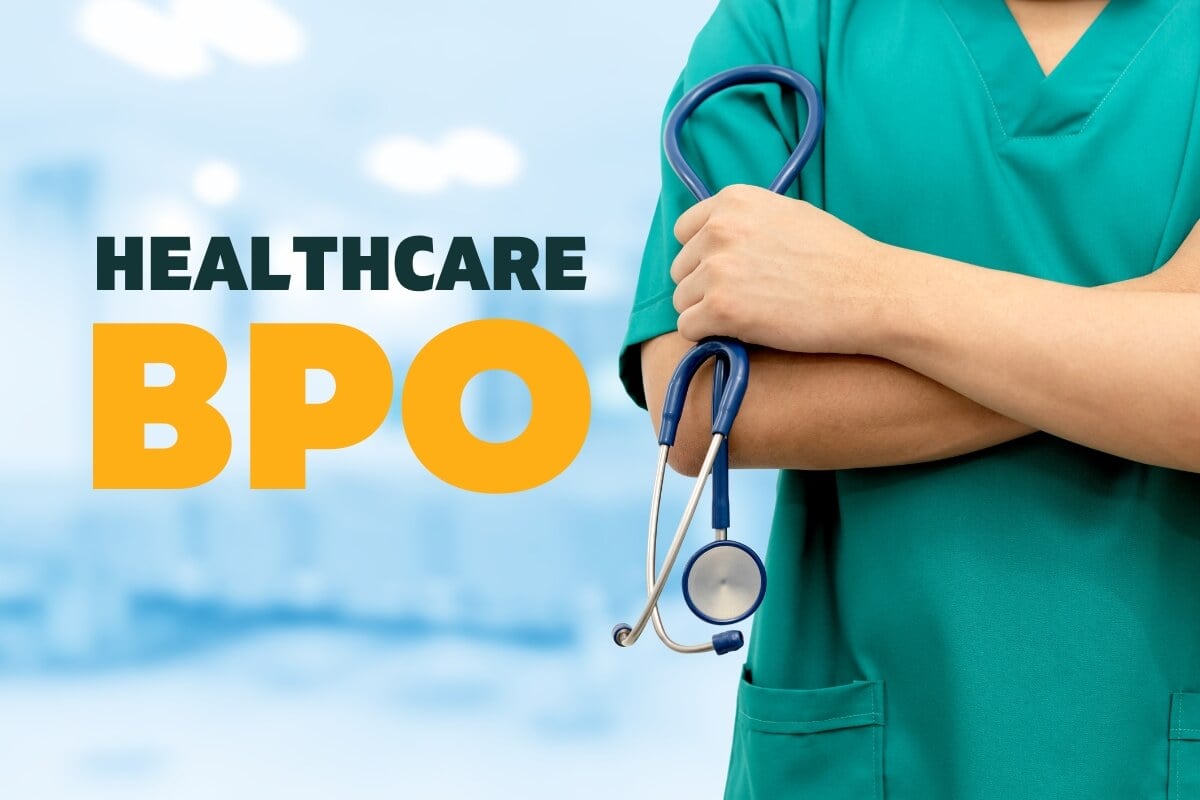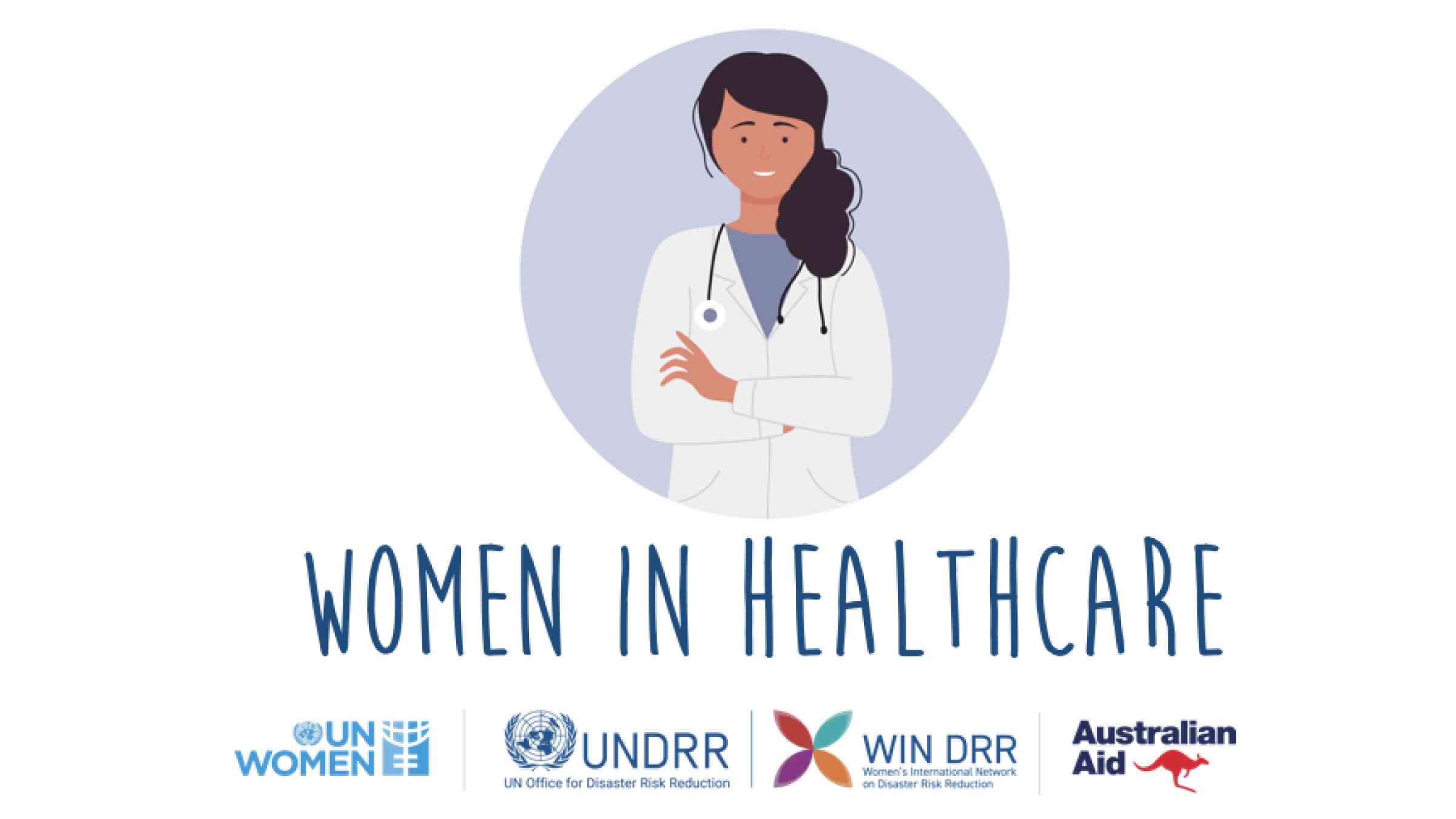Healthcare RCM Devices to Make Best Use Of Income and Lessen Rejections
Healthcare RCM Devices to Make Best Use Of Income and Lessen Rejections
Blog Article
A Comprehensive Guide on How Healthcare RCM Functions to Enhance Invoicing and Collections
Navigating the intricacies of medical care income cycle management (RCM) is crucial for suppliers intending to improve their billing and collections processes. The guide unpacks the ins and outs of RCM, from client enrollment to receivables administration, supplying insights into optimizing each step. Incorporating sophisticated technology and standardized treatments can substantially reduce insurance claim denials and accelerate settlement cycles. Yet, the true difficulty lies in seamlessly combining these elements to enhance capital. As we check out the core components and methods that drive performance, one question remains: how can health care entities ideal setting themselves to prosper monetarily in an ever-evolving industry?
Recognizing Revenue Cycle Administration
RCM is a crucial management function that incorporates the whole economic procedure of client care, from the first visit setting to the final settlement of the equilibrium. It is a complicated procedure developed to determine, gather, and handle the earnings from the solutions provided to patients.
The RCM process starts when a client routines an appointment and expands with the patient's treatment journey, including payment and collections. A crucial goal is to lower the time between obtaining and providing a solution payment, hence enhancing the company's monetary health. RCM entails different features such as client registration, insurance confirmation, fee capture, coding, declares submission, settlement publishing, and dealing with appeals and rejections.
Secret Elements of RCM
In the world of Earnings Cycle Administration (RCM), comprehending its crucial elements is basic to achieving monetary performance within healthcare organizations. RCM is a thorough process that encompasses different phases, each vital to ensuring effective payment and collections. The key parts include client enrollment, insurance verification, fee capture, coding, case submission, repayment posting, and balance due monitoring.


When coded, cases are sent to payers, where precision is paramount to prevent hold-ups or beings rejected - Healthcare RCM. Settlement uploading entails recording the received payments, which enables the reconciliation of accounts. Lastly, accounts receivable management concentrates on tracking and dealing with overdue cases, making certain timely follow-up and resolution
Each part of RCM is interconnected, and inefficiencies in any part can disrupt the whole cycle. Consequently, grasping these elements is essential for doctor to enhance earnings and boost their monetary health and wellness.
Techniques for Reliable Invoicing

Systematizing invoicing procedures across the company is one more essential strategy. Developing clear guidelines for documentation, coding, and entry assists maintain uniformity and compliance with regulatory needs. Educating staff consistently on these treatments makes sure everybody is updated with the most recent adjustments in payment codes and payer plans.
Exact charge capture is essential in avoiding earnings leakage. Applying normal audits and monitoring systems permits the recognition and adjustment of discrepancies prior to they affect profits. Additionally, preserving open lines of interaction with payers assists to promptly fix any kind of conflicts or misconceptions that may emerge.

Lastly, appealing patients early in the invoicing process by supplying clear quotes and academic materials concerning their economic responsibilities can considerably reduce confusion and boost repayment timeliness. These methods collectively add to a more economically healthy and why not try this out efficient billing system.
Enhancing Collections Processes
A robust collections process is essential for preserving monetary security within health care organizations. Given the intricacies of clinical invoicing and the variety of payer needs, improving the collections procedure includes executing tactical actions that make certain accurate and prompt settlement of solutions made. Central to this is using technology to automate and simplify processes, minimizing hands-on errors and improving effectiveness. Automation tools can help in tracking insurance claim conditions, sending timely pointers to clients, and handling denials more successfully.
Clear and clear client communications are critical. Providing in-depth explanations of costs and supplying adaptable payment plans can boost client contentment and prompt payments.
Regular audits of the collections process ought to be performed to recognize areas for enhancement and make sure conformity with policies. By examining information, healthcare organizations can determine patterns, anticipate possible issues, and adapt strategies accordingly (Healthcare RCM). Ultimately, a well-enhanced collections process not just sustains financial wellness yet likewise contributes to a more smooth experience for patients and staff alike
Optimizing Revenue Streams
Structure upon the foundation of a solid collections procedure, health care organizations can further bolster their economic security by tactically optimizing earnings streams. This entails a multi-faceted strategy, starting with an extensive analysis of existing income sources to determine ineffectiveness and areas for development. Utilizing sophisticated data analytics tools enables organizations to get understandings into payer mix, patient demographics, and solution utilization patterns, permitting data-driven choices that enhance profits capture.
Applying automated payment systems can substantially decrease errors and expedite claims processing, making certain that income is accumulated extra efficiently. Additionally, enhancing payer agreements through routine arrangements can enhance repayment prices and terms, directly influencing the bottom line. Expanding solution offerings, such as integrating telehealth or wellness programs, can likewise draw in a broader individual base, therefore increasing profits possibility.
Another critical part is enhancing individual involvement and contentment, as completely my company satisfied individuals are most likely to follow therapy strategies and make prompt repayments. Offering versatile settlement choices and transparent billing techniques can improve collections and foster person loyalty. Healthcare RCM. By embracing these strategies, health care organizations can create a much more durable financial framework, making certain continual development and stability in an ever-changing market landscape
Verdict
To conclude, health care Profits Cycle Management (RCM) plays an essential role in enhancing payment and this page collections processes by integrating essential elements such as person registration, insurance policy confirmation, fee capture, coding, claims entry, and receivable management. By utilizing innovative modern technology, standardizing procedures, and promoting individual interaction, healthcare companies can dramatically reduce claim rejections, increase settlement cycles, and enhance money flow. This comprehensive technique to RCM eventually causes enhanced economic effectiveness and sustainability for medical care organizations.
The RCM process begins when a person timetables an appointment and prolongs with the person's care journey, including invoicing and collections.An additional crucial element is boosting individual involvement and complete satisfaction, as pleased patients are much more likely to adhere to treatment plans and make timely repayments. Using adaptable settlement alternatives and clear payment practices can enhance collections and foster individual commitment.In final thought, health care Income Cycle Administration (RCM) plays an important duty in maximizing payment and collections procedures by incorporating vital parts such as individual enrollment, insurance verification, charge capture, coding, claims submission, and accounts receivable administration. By utilizing sophisticated innovation, standardizing procedures, and cultivating person involvement, health care suppliers can substantially minimize claim rejections, increase repayment cycles, and enhance cash money circulation.
Report this page